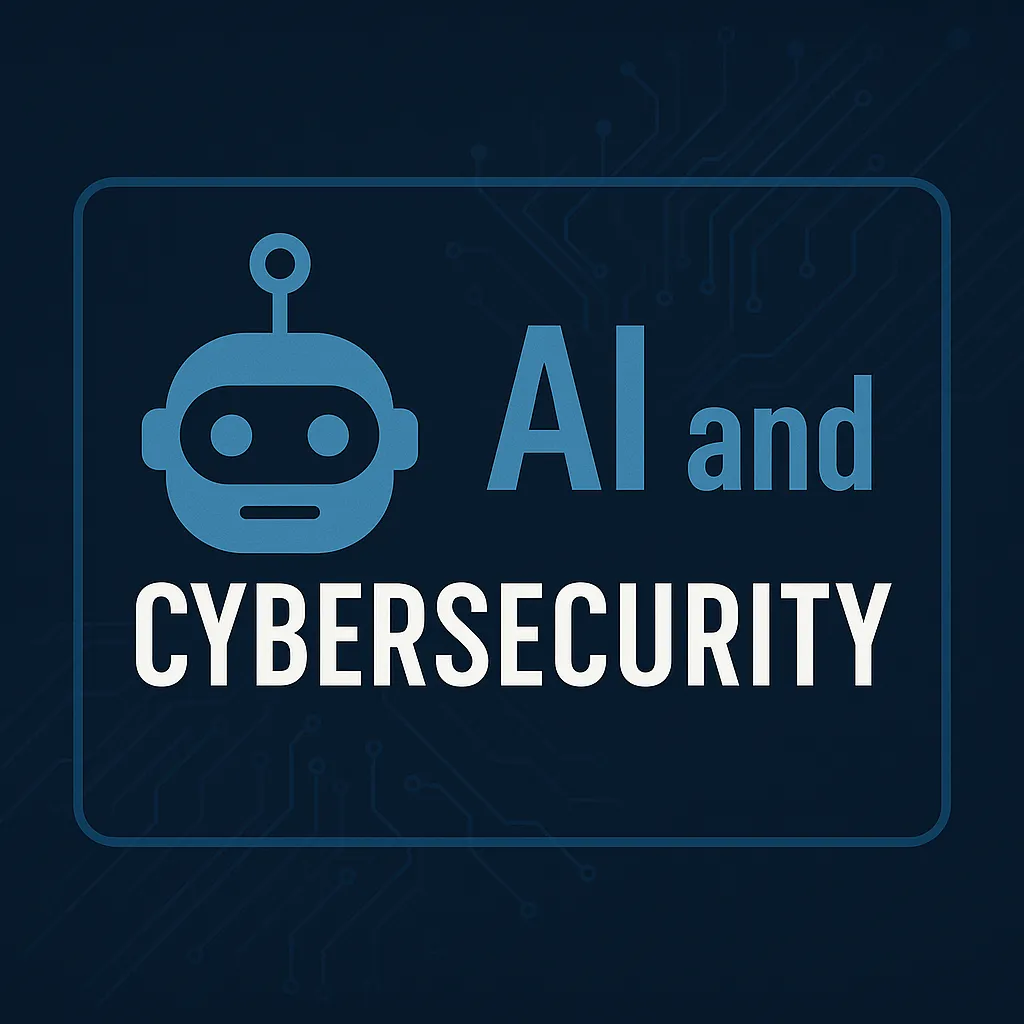The Transformative Impact of AI on Cybersecurity
As digital transformations sweep across industries, cybersecurity threats continue to evolve with increasing complexity and frequency. In this landscape, artificial intelligence (AI) emerges as a pivotal ally, enhancing our capacity to defend digital infrastructures and sensitive data against sophisticated cyber attacks. This article delves into how AI is profoundly reshaping the field of cybersecurity, offering insights into its benefits, challenges, and future potential.
Understanding AI's Role in Cybersecurity
Artificial intelligence refers to the capability of machines to perform tasks that typically require human intelligence. In cybersecurity, AI is primarily used for its ability to quickly analyze large volumes of data and identify patterns that might indicate potential threats. This capability not only enhances threat detection but also improves the speed and accuracy of response to cyber incidents.
AI-driven technologies like machine learning algorithms can automate complex processes for detecting and neutralizing threats. According to a report on Punchbowl News, the U.S. is increasingly leveraging AI to bolster its cyber defense mechanisms, a move that underscores the growing recognition of AI's potential in this arena.
AI Enhancements in Cloud Security
Cloud security is another area where AI is making substantial inroads. Organizations are utilizing AI-driven compliance tools to ensure their cloud environments are secure. Integrating AI helps in establishing robust security measures that automatically adapt to new threats. More details on this can be seen in IBM's discussions on AI-driven compliance for cloud security.
AI's Impact on Cyber Threats
While AI offers enhanced defensive capabilities, it also brings about new challenges. Notably, the same tools used to protect systems can be employed to develop sophisticated cyber attacks. A recent report from the UK National Cyber Security Centre, highlighted by NetSec News, points out the potential of AI in advancing cyber threats, such as ransomware.
The Broader Political and Strategic Framework
With AI's growing influence in cybersecurity, it is also becoming a focal point in broader geopolitical and strategic considerations. For instance, the policies and perspectives from global leaders like those during Trump's presidency can significantly influence AI's application in cybersecurity, as reported by Apple News.
Looking Ahead: The Future of AI in Cybersecurity
As AI technology continues to evolve, its integration into cybersecurity will likely become more profound. Future advancements may lead to even more autonomous systems capable of predicting and mitigating potential cyber threats before they can cause harm. However, this also calls for stringent ethical considerations and regulatory frameworks to govern AI's use in cybersecurity.
Conclusion and Takeaway
The integration of AI into cybersecurity offers promising benefits but also presents new challenges. As we look towards the future, continuous innovation, ethical considerations, and robust policies will be crucial to fully harness AI's potential while safeguarding against its risks. For businesses and individuals, staying informed and proactive in adopting new technologies will be key to maintaining robust cyber defenses.

